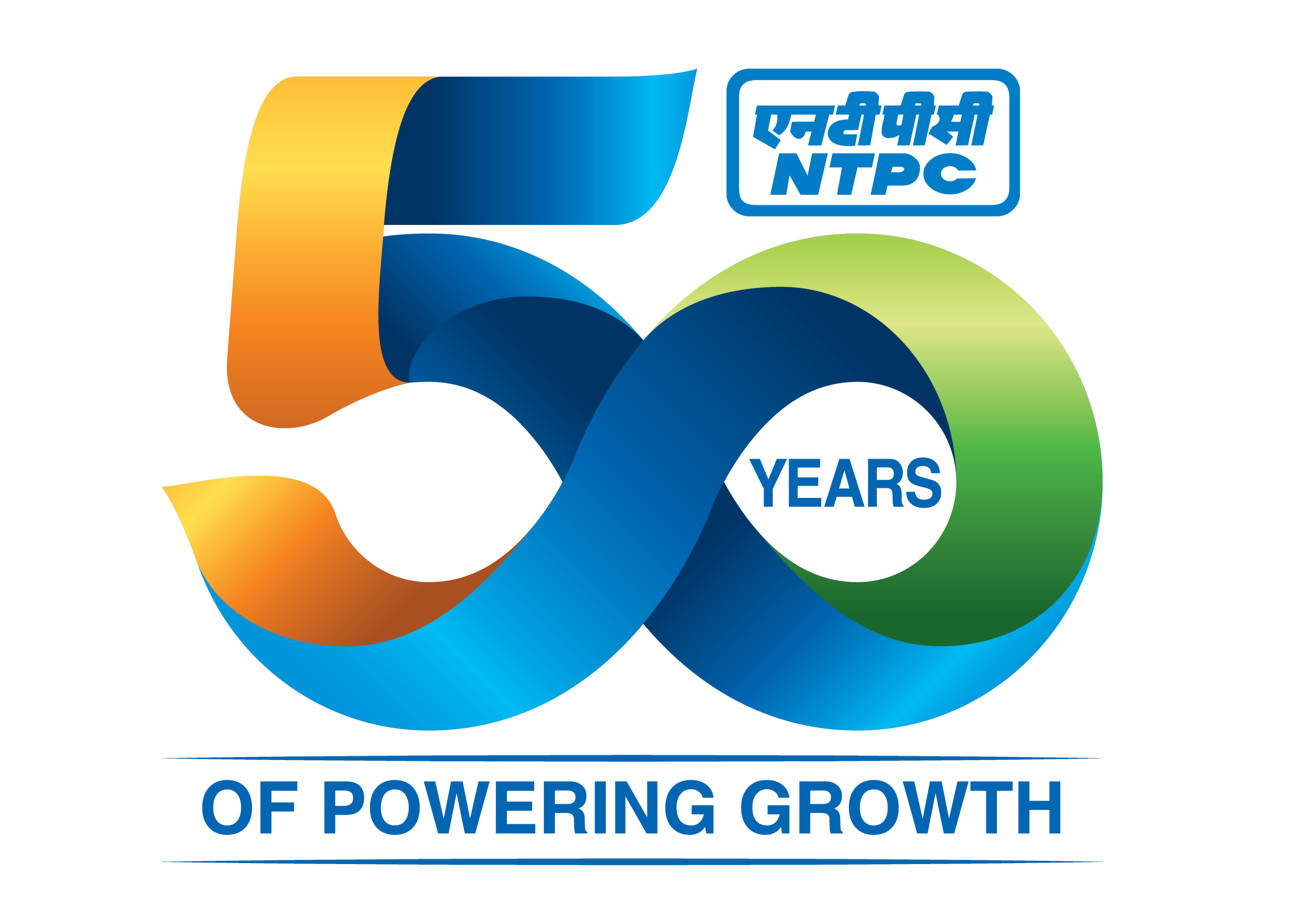Cutter
Entry Level Qualification
8
Career Fields
Apparel & Accessories
For Specially Abled





Career Entrance Exam
About Career
As a Cutter, you will be involved in the process of cutting materials for the manufacturing of leather and non-leather apparel accessories and garments such as shoes, footwear, booties, belts, gloves, gowns, sarees, shirts, coats, jeans, etc. You will be responsible for cutting out parts as per the patterns or outlines provided by the designers with the help of shears, knives, machine presses, and scissors.
Depending upon your work role, if you are working as a Cutter – Footwear, you will be required to cut leather and other materials (such as fabric, vinyl, rubber, etc.) for manufacturing various sports shoes, casual shoes, formal shoes, formal footwear for men, formal and informal footwear for women such as Pumps, Stilettos, Ankle Booties, Wedges, Gladiator Sandals, Cone Heels, etc.
Alternatively, if you are working as a Cutter – Goods and Garment, you will be required to cut bulk fabric, with precision either manually or with the help of an electrical fabric cutter. These fabrics are mainly used for manufacturing various apparel and garments such as gowns, sarees, shirts, coats, jeans, etc.
Key Roles and Responsibilities
As a Cutter - Footwear, you will be engaged in all or some of the following key roles and responsibilities:
1. You will be required to study drawings of designers and will be involved in preparing patterns, choosing materials, or cutting parts manually by following the patterns made.
2. You will be required to mark measurement lines around patterns by following layout points, using rules, chalk, pencils, etc.
3. You will be required to cut out parts, according to patterns or outlines, using shears, knives, machine presses, or scissors.
4. You will be required to trim the excess material off finished products such as removing loose ends etc.
5. You will be responsible for inspecting, maintaining, and ensuring the quality of the product at various stages of production until the final stage of packing.
PARTICULARS | DESCRIPTION |
Name | Cutter |
Purpose | Cutting |
Career Field | Apparel & Accessories |
Required Entrance Exam | No Entrance Exam |
Average Salary | 60000 - 200000 Rs. Per Year |
Companies For You | Bata, Ajanta, Leather World & Many More |
Who is Eligible | Any One |
Career Entry Pathway
Class 5 in School – Work Experience of Minimum 2-3 years – Obtain NSQF Level 4 Qualification in Pattern Cutter (Goods and Garments).
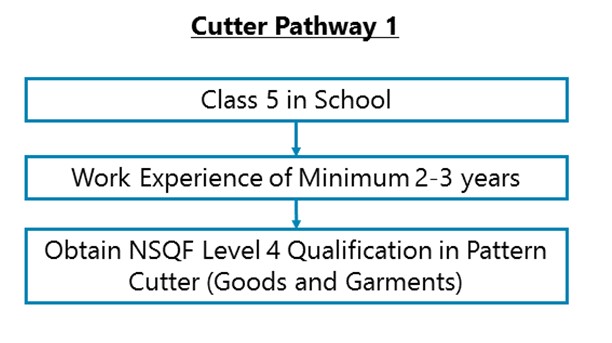
After completing Class 5 in School and after obtaining work experience as a helper in goods or garment manufacturing for a minimum of 2-3 years (preferred), then you may obtain National Skills Qualification Framework (NSQF) Level 4 Certification in Pattern cutter(Goods and Garments). Alternatively, training in goods/garment manufacturing is also suggested but not mandatory.
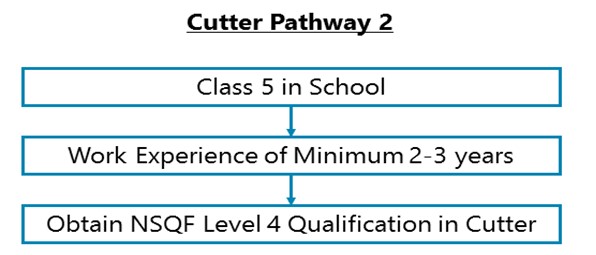
After completing Class 5 in School and after obtaining work experience as a helper in footwear manufacturing for a minimum of 2-3 years (preferred), then you may obtain National Skills Qualification Framework (NSQF) Level 4 Certification in Cutter. To obtain this certification, you need to be 18 years of age.
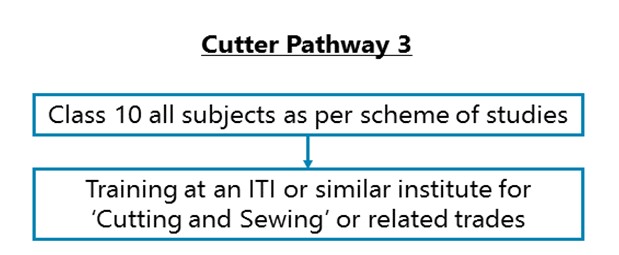
After completing Class 10, you may obtain training at the Industrial Training Institute (ITI), National Skill Training Institute (NSTI), Regional Vocational Training Institute (RVTI), National Vocational Training Institute (NVTI), Industrial Training Center (ITC), or other vocational institutes for ‘Cutting and Sewing’, ‘Cutting and Tailoring’ or any similar course. After completing this training, you will sit for the All India Trade Test (AITT) and you will get a National Trade Certificate (NTC) if you pass.
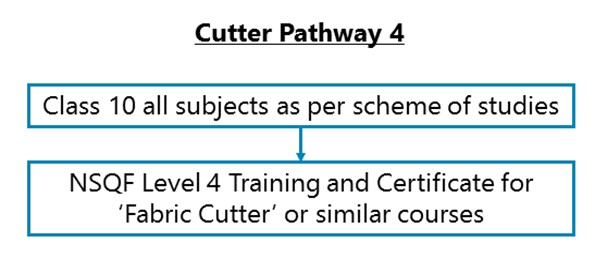
After completing Class 10, you may obtain National Skills Qualification Framework (NSQF) Level 4 Certification in Fabric Cutter’ or similar courses. The total hours of this certification will be 300.
Required Qualification & Competencies
After completing class 5 in school, and after obtaining preferred years of experience, you may obtain an:
1. NSQF Level 4 Certification in Pattern Cutter (Goods and Garments Cutter).
2. NSQF Level 4 Qualification in Cutter - Footwear.
Alternatively, if you have completed class 10 in school, you may obtain:
1. Training at an ITI or similar institute for ‘Cutting and Sewing’ or related trades.
2. NSQF Level 4 Certification in Fabric Cutter’ or similar courses.
MINIMUM EDUCATION REQUIRED | MAXIMUM EDUCATION REQUIRED |
Under Secondary Certificate Programs for which the minimum eligibility is a pass in any class below class X. | Post-Secondary Certificate / Diploma Programs for which the minimum eligibility is a pass in class X. |
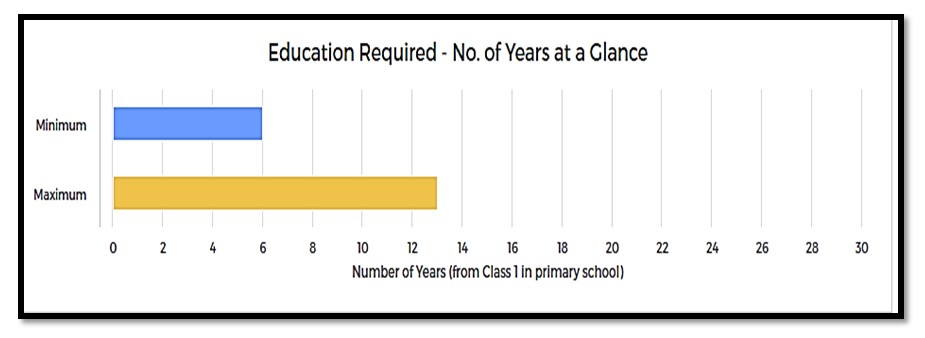
Competencies Required
Interests
1. Realistic: You should have an interest in Realistic Occupations. Realistic occupations involve more practical and hands-on activities than paperwork or office work. Realistic occupations often involve physical activities for getting things done using various tools and equipment.
2. Conventional: You should have interests in Conventional Occupations. Conventional occupations involve repetitive and routine tasks as well as fixed processes or procedures for getting things done. These occupations involve working more with data, systems, and procedures and less with ideas or creativity.
Knowledge
1. Production and Processing: Knowledge of raw materials, production machinery, production systems, production processes, quality control, and other techniques for manufacturing or construction and distribution of goods.
Skills
1. Active Listening: Giving full attention to what other people are saying, understanding the points being made by others, asking questions, etc.
2. Quality Control Analysis: Skills in conducting tests and inspections of products, services, or processes to evaluate quality or performance.
3. Coordination: Skills in working together with other people to get things done.
4. Operation Monitoring: Skills in monitoring the operational work which includes watching, inspecting, and advising others to make sure operations are done properly.
5. Process and Operation Controlling: Skills in controlling processes and operations of various machines, equipment, devices, and systems using different types of electrical and electronic control instruments and systems.
6. Time Management: Skills in prioritizing work, and managing time effectively.
Abilities
1. Arm-Hand Steadiness: The ability to keep your hand and arm steady while moving your arm or while holding your arm and hand in one position.
2. Control Precision: The ability to quickly and repeatedly adjust the controls of a machine or a vehicle to exact positions.
3. Manual Dexterity: The ability to quickly move your hand, your hand together with your arm, or your two hands to grasp, manipulate, or assemble objects.
Personality
1. You are always or mostly organized in your day-to-day life and activities.
2. You are always or mostly disciplined in your actions and behavior.
3. You are always or mostly a soft-hearted person.
4. You are always or mostly helpful to others.
Career - Job Opportunities & Profiles
You will get job opportunities for roles like:
1. Cutter – Footwear
2. Cutter (Goods and Garments)
You may find job opportunities in some factories, workshops, and private companies such as Bata, Ajanta, Leather World, Metro shoes, Hush Puppies, Skechers, Adidas, PUMA, ASICS, and Clarks, etc. that will require your services in footwear manufacturing as a Cutter-Footwear.

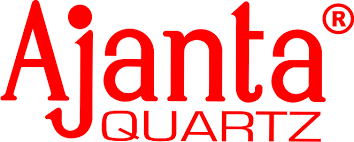
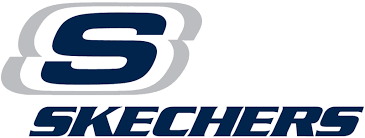

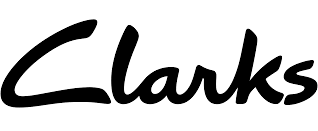
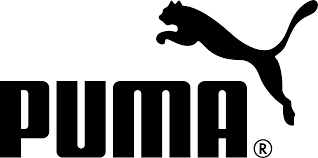
Specialisation Tracks In This Career
1. Cutter (Footwear)
As a Cutter (Footwear), you will be performing the cutting of leather and non-leather materials (such as bark cloth, glazed cotton, waxed cotton, paper, polyvinyl chloride (PVC), and polyurethane) with the help of cutting dies into a different size or parts for making footwear. You will be required to maintain quality and number accuracy while cutting the leather and non-leather components as per the requirement of designers or supervisors.
2. Cutter – Goods and Garment
As a Cutter – Goods and Garment, you will be responsible for creating pieces of the pattern by cutting leather and non-leather materials such as plastic, denim, wood, jute, rubber, and other fabrics, etc. You will be creating pattern pieces as per pattern block, pattern bases, or pattern dummies for determining the final look of the goods and garment as per the requirement.
Career Growth
From entry-level job positions as a trainee, Cutter – Footwear, Cutter – Goods and Garments, Junior Craftsman, etc., you will grow up to roles like Junior / Senior Supervisor, Master Cutter, and Master Craftsman. And later on, after gaining experience you may grow and become a Production line supervisor, Maintenance Manager, Quality Supervisor, etc.
Salary Offered
1. In entry-level jobs: You may expect to get about Rs. 8,000 – Rs. 15,000 per month.
2. Salaries increase with your work experience and as you get promoted.
3. In junior-level roles, you can expect to earn about Rs. 10,000 - Rs. 20,000 or more per month.
4. In mid-level jobs, with 6-12 years of work experience, you may expect to get about Rs. 15,000 – Rs.30,000 per month.
5. In senior-level jobs, with 12-15 years of work experience, you may expect to get about Rs. 25,000 – Rs. 50,000 per month or even more.
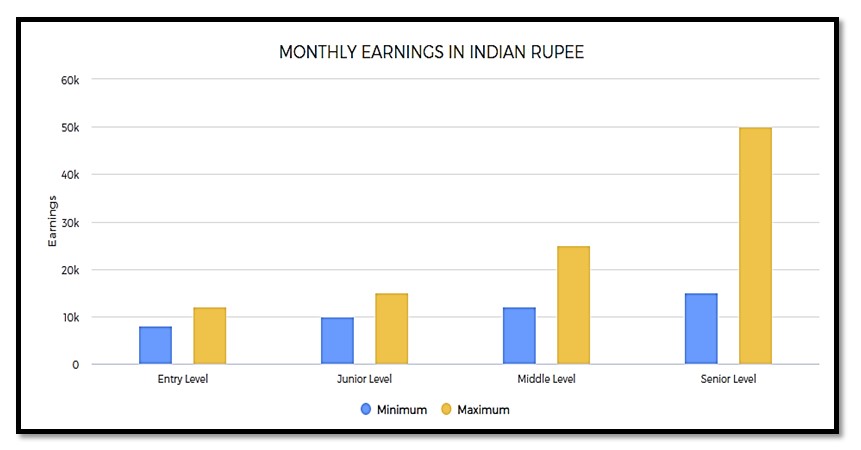
Monthly Earnings In Indian Rupee
Entry Level | Junior Level | Mid Level | Senior Level | ||||
Min Earning | Max Earning | Min Earning | Max Earning | Min Earning | Max Earning | Min Earning | Max Earning |
8000 | 12000 | 10000 | 15000 | 12000 | 25000 | 15000 | 50000 |
1. Entry level: 0 - 2 years of work experience
2. Junior Level: From 1 to 12 years of work experience
3. Mid-Level: From 5 to 20+ years of work experience
4. Senior Level: From 10 to 25+ years of work experience (there could be exceptions in some high-end technical, financial, engineering, creative, management, sports, and other careers; also shortly, people will reach these levels much faster in many careers and some careers, these levels will have no meaning as those careers will be completely tech skill driven such as even now, there is almost no level in a Cyber Security Expert’s job)
Work Activities
As Cutter, you will be involved in the following work activities:
1. Handling and moving objects and materials - Using hands or otherwise using physical strength to handle and move objects and materials; maneuver, install, lift, place, manipulate, etc.
2. Getting Information and learning - Observing, hearing, and reading using computers, or otherwise obtaining information and learning from it.
3. Performing physical activities - Performing physical activities that require the use of your arms and legs and moving your whole body, such as climbing, lifting, balancing, walking, stooping, and handling materials.
4. Identifying objects, actions, and events - Identifying various characteristics of objects; observing and understanding actions and events; understanding changes in actions and events.
5. Inspecting equipment, systems, structures, and materials - Inspecting equipment, systems, structures, and materials to ascertain quality, performance, defects, causes of errors, etc.
6. Organizing, planning, and prioritizing tasks - Planning and organizing tasks to achieve work goals; prioritizing tasks to achieve goals and making the best use of the time available.
7. Processing of information - tabulating, calculating, verifying, or otherwise dealing with information processing including recording, storing, and maintaining work-related information.
Future Prospects
1. The future possibilities for this pathway appear to be enormously improving. India is expected to soon grow and become a global hub of footwear and apparel garment manufacturing to serve the growing demand of consumers for fashion footwear, fashion garments, and accessories.
2. The domestic textile industry is expected to reach 223 billion US Dollars. This sector is predicted to experience a shift to an organized market model from an unorganized market model. Many small clusters of Handicrafts and Handlooms are being developed with the support of private traders / entrepreneurs.
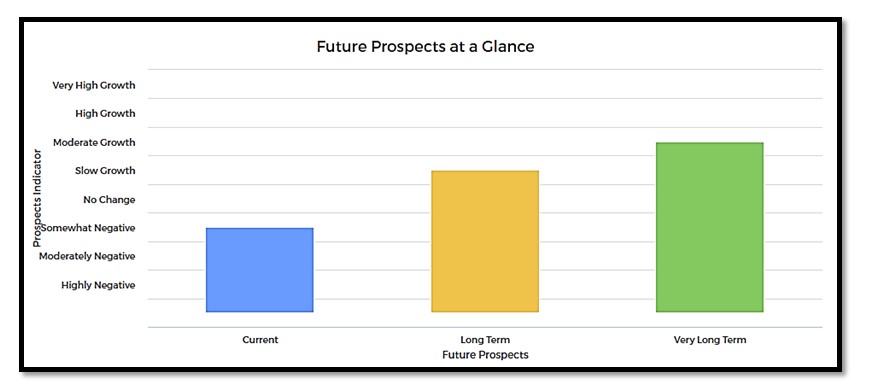
Future Prospects At A Glance
Current (0-1 year) | Long Term (2-5 years) | Very Long Term (6-10 years) |
Somewhat Negative | Slow Growth | Moderate Growth |
